10 Amazing Things You Didn’t Know About Penguins
Penguins have long fascinated humans with their unique characteristics and behaviors. These flightless birds, primarily residing in the Southern Hemisphere, have adapted to some of the harshest environments on the planet. Their charming waddle and tuxedo-like appearance have made them a beloved subject of documentaries and animated films. However, beneath their endearing exterior lies a world filled with astonishing secrets. This article aims to delve into the lesser-known aspects of penguin life, revealing the intricate details of their existence that continue to amaze and inspire wonder. From their remarkable adaptations to their complex social structures, penguins are much more than meets the eye. Whether you're a seasoned ornithologist or a casual admirer, prepare to be captivated by the enigmatic world of penguins.
1. The Marvel of Penguin Adaptations
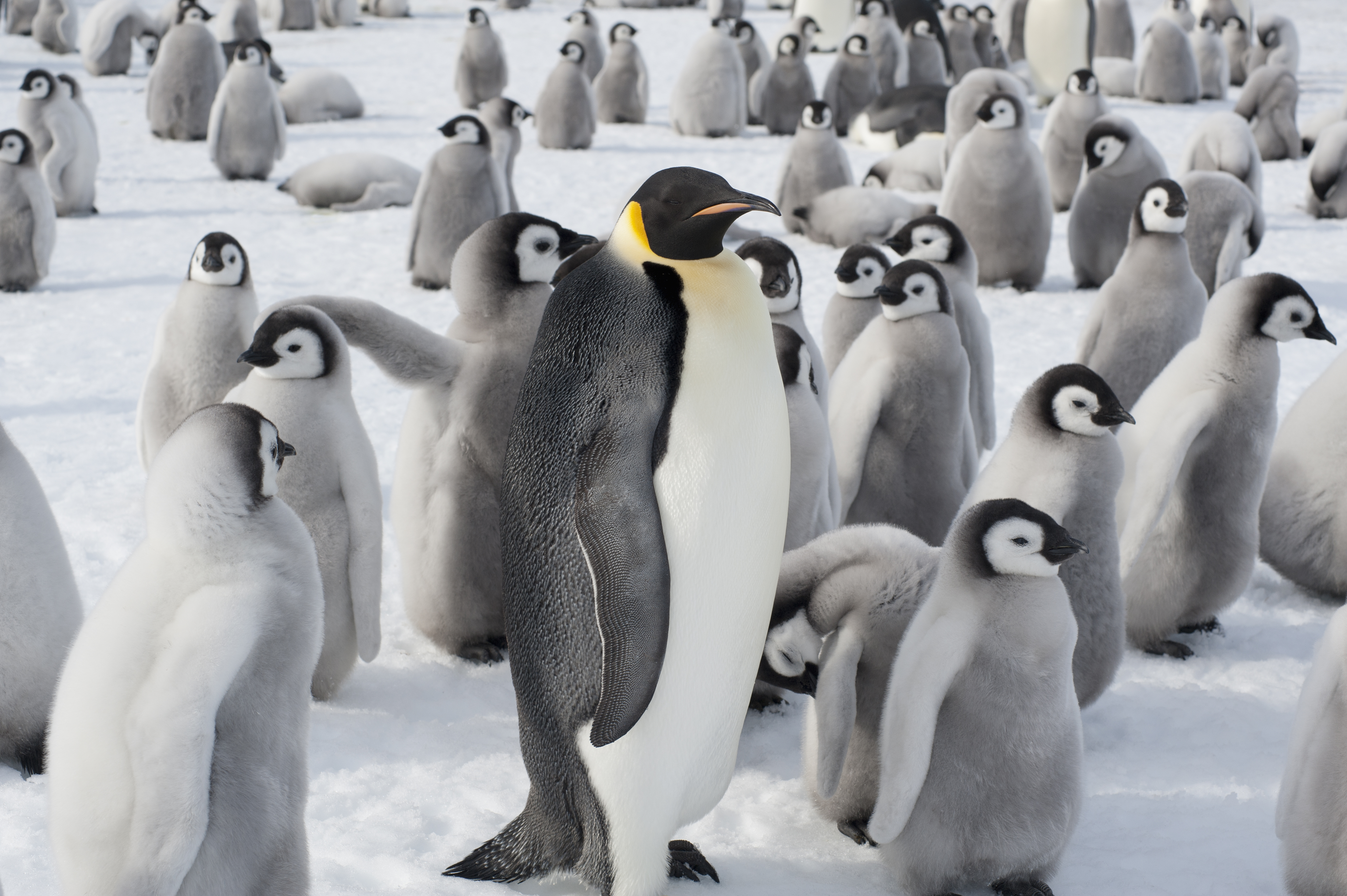
Penguins are a testament to the power of evolution, exhibiting a range of adaptations that enable them to thrive in extreme conditions. One of the most remarkable adaptations is their ability to regulate body temperature. Penguins have a thick layer of blubber beneath their skin, providing insulation against frigid temperatures. Additionally, their feathers are tightly packed and waterproof, offering further protection from the cold. This combination of blubber and specialized feathers allows penguins to maintain their body heat even in the icy waters of Antarctica.
Another fascinating adaptation is their streamlined body shape, which is perfectly suited for swimming. Penguins are exceptional swimmers, capable of reaching speeds up to 15 miles per hour. Their wings have evolved into flippers, allowing them to glide effortlessly through the water. This adaptation is essential for hunting, as penguins primarily feed on fish and krill. Their agility in the water is a stark contrast to their awkward movement on land, highlighting the dual nature of their existence. These adaptations are not just physical; they are a testament to the penguins' ability to survive and thrive in one of the most challenging environments on Earth.
2. The Art of Penguin Communication
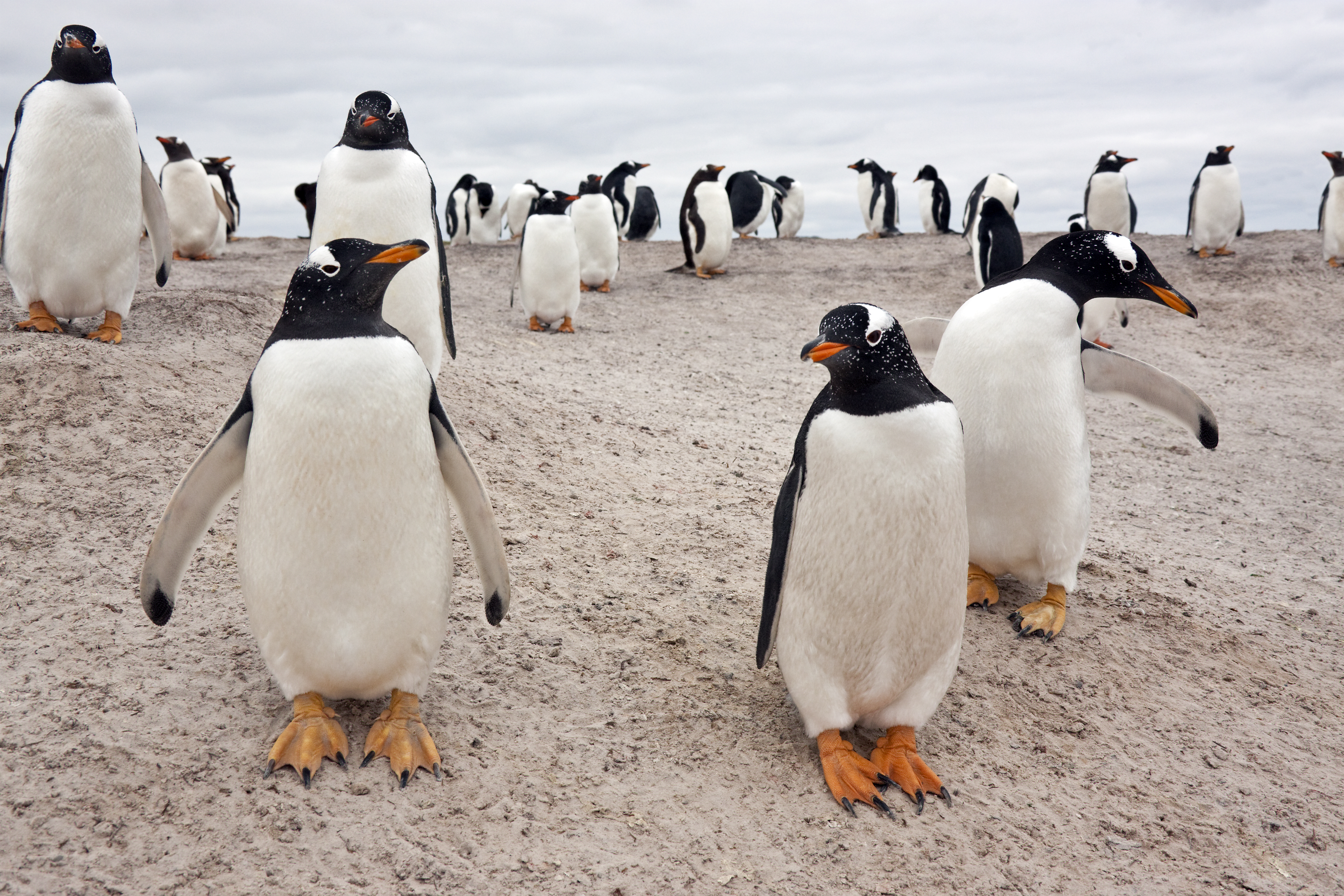
Communication in penguins is a complex and fascinating subject. Penguins rely on a variety of vocalizations and body movements to convey information and maintain social bonds. Each species of penguin has its own unique set of calls, used for different purposes such as attracting mates, signaling danger, or coordinating group activities. These vocalizations are crucial in large colonies where thousands of individuals congregate, and distinguishing between calls is essential for survival.
In addition to vocal communication, penguins also use visual displays to interact with one another. These displays can include head-bobbing, flipper-waving, and other gestures that convey specific messages. For example, during courtship, male penguins often engage in elaborate displays to attract a mate, showcasing their physical prowess and vitality. Understanding these communication methods provides insight into the complex social structures of penguin colonies, where cooperation and coordination are key to survival. The study of penguin communication not only enhances our knowledge of these fascinating birds but also sheds light on the broader mechanisms of social interaction in the animal kingdom.
3. The Intricacies of Penguin Mating Rituals
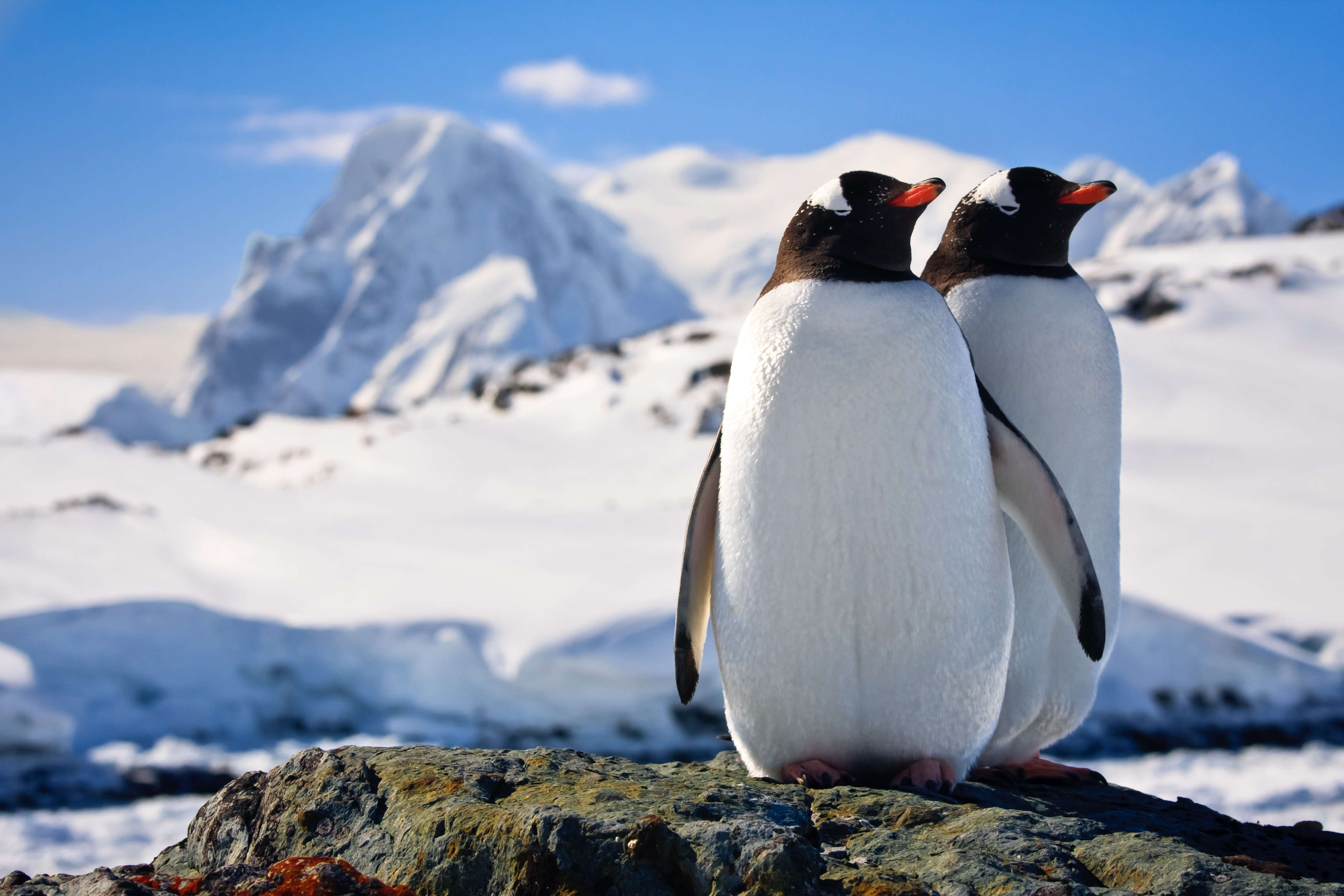
Penguin mating rituals are a captivating display of courtship and commitment. These rituals vary among species but generally involve a series of elaborate behaviors designed to attract and secure a mate. For many penguins, the mating season is a time of intense competition, with males vying for the attention of females through displays of physical prowess and resourcefulness. This often includes the presentation of nesting materials, vocal performances, and intricate dances.
Once a pair bond is formed, penguins exhibit a remarkable level of monogamy, with many species maintaining the same partner for several breeding seasons. This commitment is crucial for the successful rearing of offspring, as both parents play an active role in incubating eggs and feeding chicks. The shared responsibilities of parenting highlight the importance of cooperation and trust within penguin relationships. These intricate mating rituals not only ensure the continuation of the species but also reflect the deep emotional bonds that can form between individuals. Understanding these rituals provides a window into the complex social dynamics of penguin colonies and the evolutionary pressures that shape their behavior.
4. The Mystery of Penguin Navigation
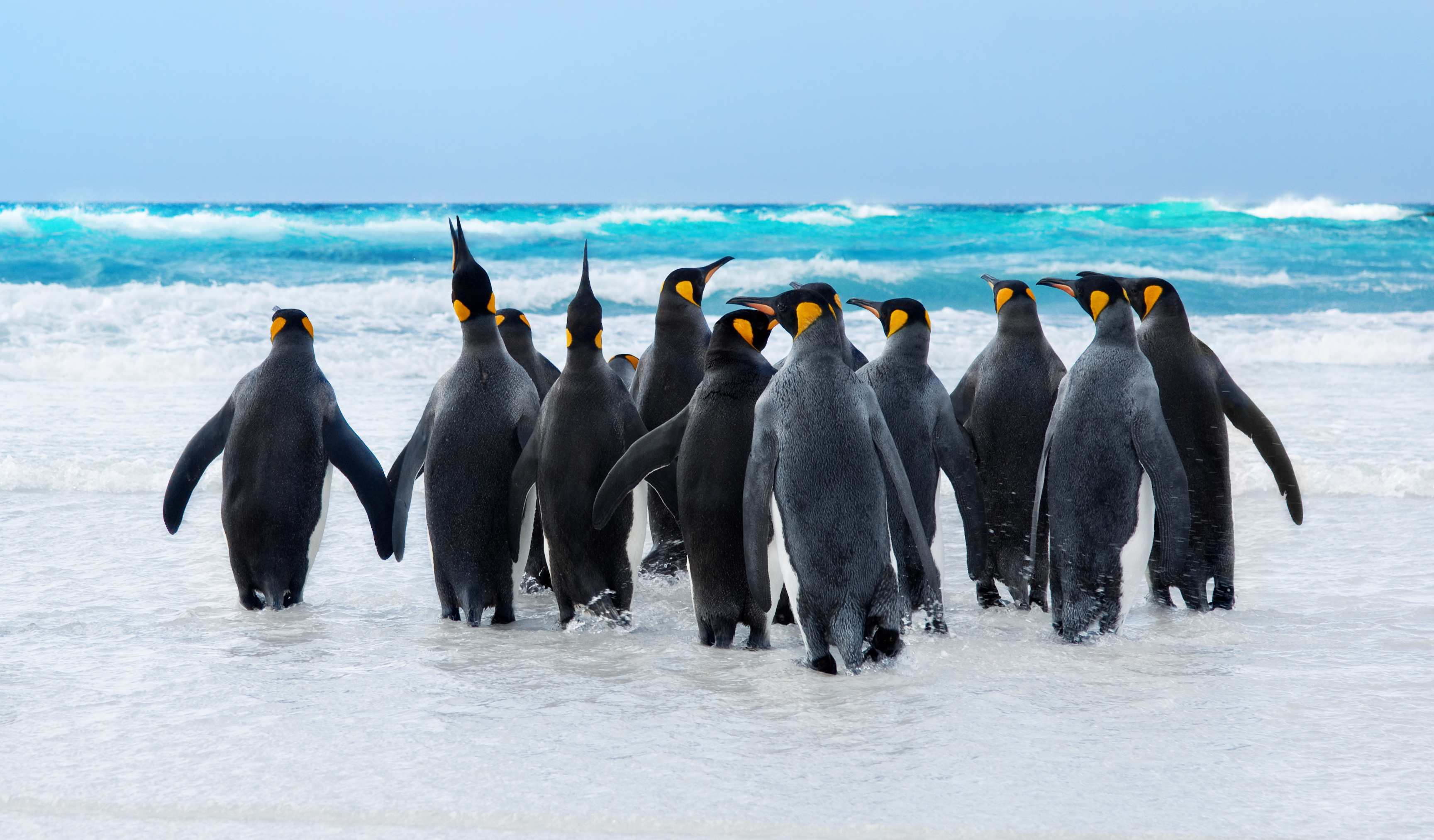
One of the most astonishing secrets of penguins is their ability to navigate vast distances with remarkable precision. Many penguin species undertake long migrations between their breeding and feeding grounds, often traveling hundreds of miles across treacherous terrain. The mechanisms behind this incredible navigational ability remain a mystery, but several theories have been proposed. Some researchers suggest that penguins use the sun and stars as guides, similar to ancient mariners. Others believe that they rely on the Earth's magnetic field to orient themselves.
Recent studies have also explored the possibility that penguins use olfactory cues to navigate, detecting specific scents associated with their destination. This ability to find their way over such long distances is crucial for survival, as it allows penguins to access essential resources and avoid predators. The mystery of penguin navigation continues to intrigue scientists, offering a glimpse into the incredible capabilities of these remarkable birds. As we uncover more about their navigational strategies, we gain a deeper appreciation for the complexity and adaptability of penguins in the wild.
5. The Dynamics of Penguin Colonies
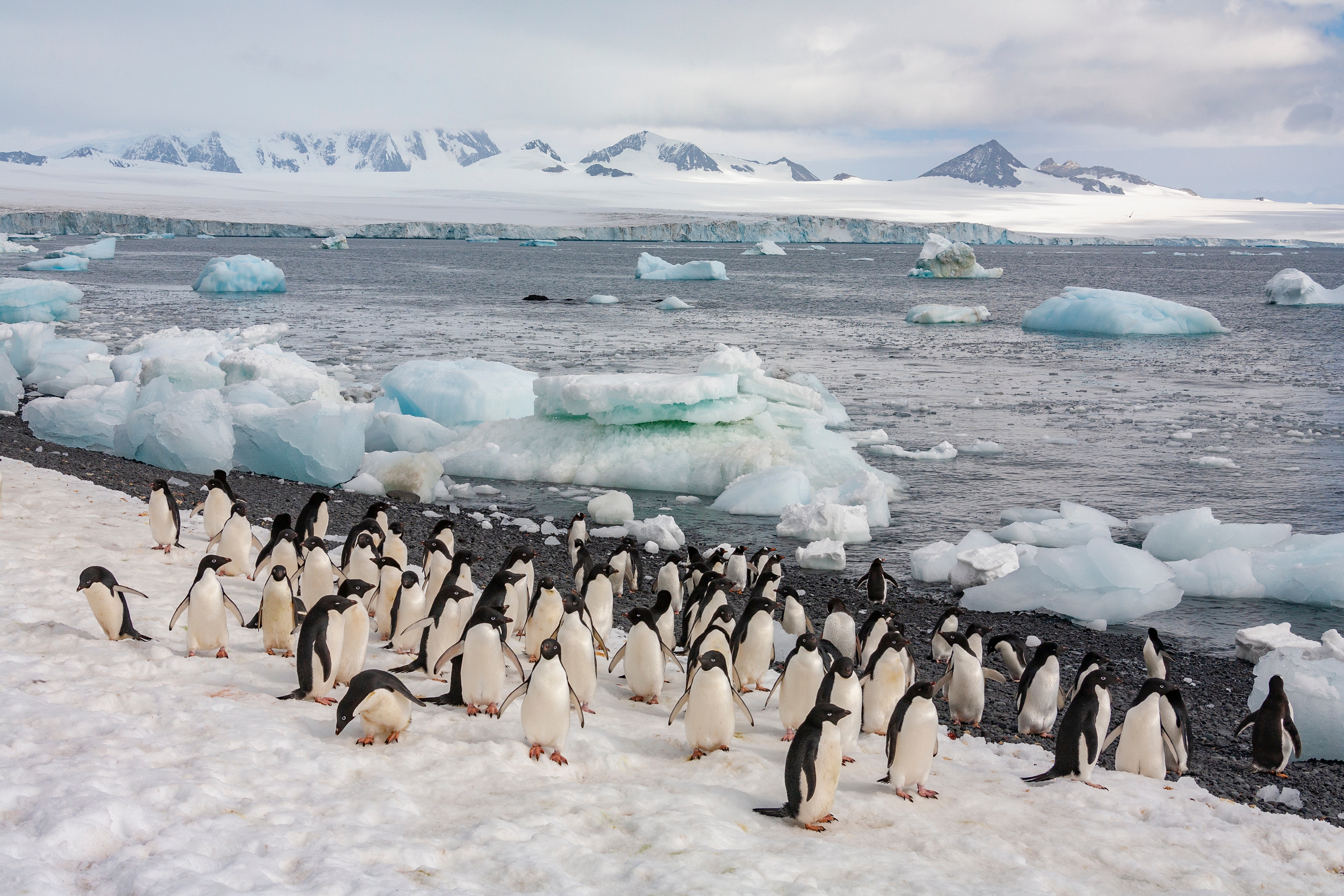
Penguin colonies are bustling hubs of activity, characterized by complex social dynamics and cooperative behavior. These colonies can range in size from a few dozen individuals to hundreds of thousands, depending on the species and location. Living in such dense communities requires a high degree of social organization, with individuals relying on cooperation and communication to navigate their environment. This social structure is essential for survival, as it allows penguins to share resources, protect against predators, and care for their young.
Within these colonies, penguins exhibit a range of behaviors that reflect their social nature. For example, during the breeding season, penguins often form crèches, or groups of chicks, that are cared for collectively by multiple adults. This cooperative parenting strategy ensures that chicks receive the attention and protection they need while allowing parents to forage for food. The dynamics of penguin colonies offer valuable insights into the evolution of social behavior in animals, highlighting the importance of cooperation and community in the natural world. Understanding these dynamics not only enhances our knowledge of penguins but also provides a broader perspective on the social structures that govern animal societies.
6. The Role of Penguins in Ecosystems
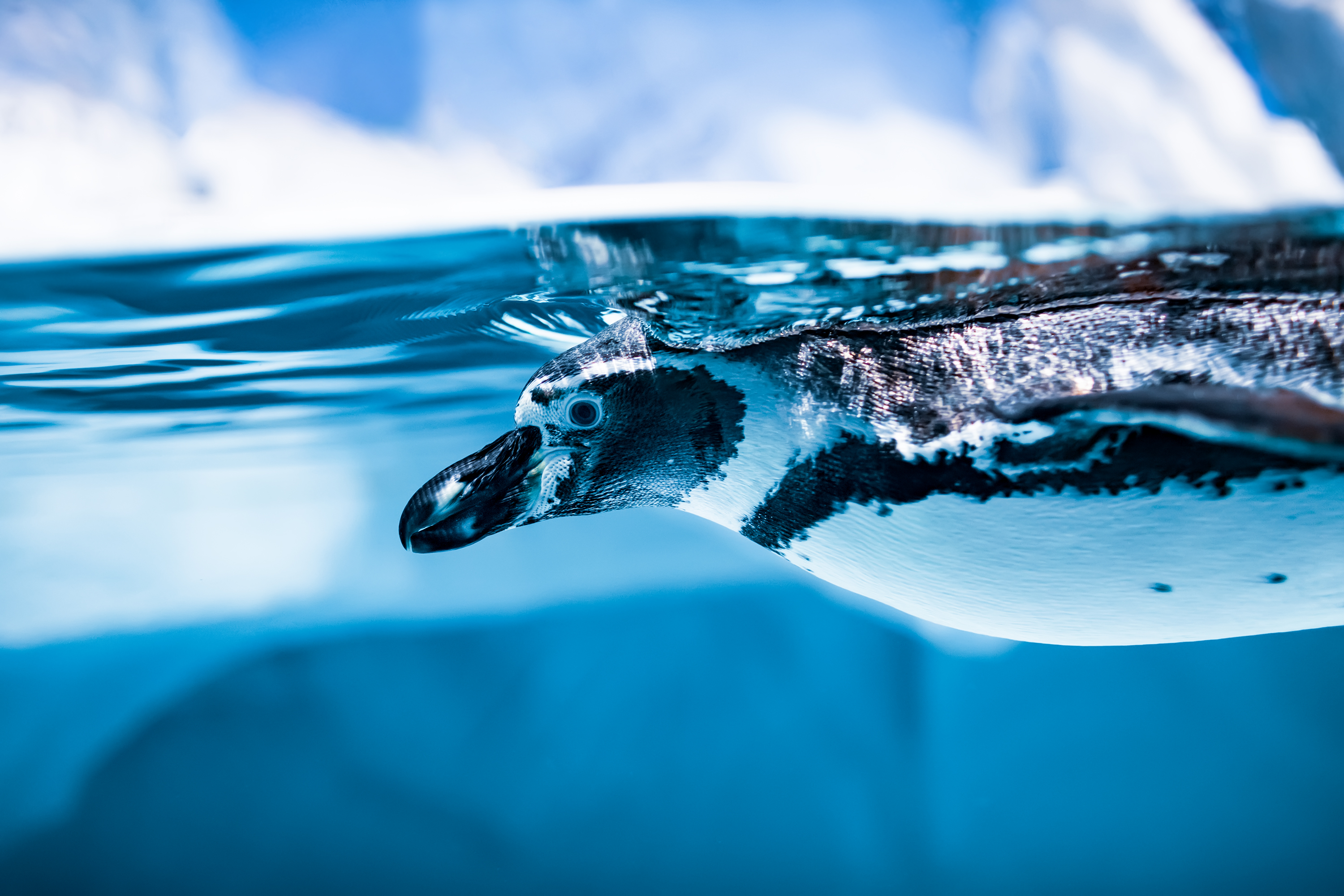
Penguins play a crucial role in the ecosystems they inhabit, serving as both predators and prey. As predators, penguins primarily feed on fish, squid, and krill, regulating the populations of these species and maintaining the balance of marine ecosystems. Their foraging activities also contribute to nutrient cycling, as they transport nutrients from the ocean to land through their guano. This nutrient-rich waste supports a variety of plant and animal life, creating a foundation for complex food webs.
As prey, penguins are an important food source for a range of predators, including seals, sea lions, and orcas. Their presence in the ecosystem supports the survival of these larger predators, highlighting the interconnectedness of marine life. The role of penguins in ecosystems underscores the importance of biodiversity and the delicate balance that sustains life on Earth. By studying penguins and their interactions with other species, we gain a deeper understanding of the ecological processes that shape our planet. This knowledge is essential for conservation efforts, as it informs strategies to protect and preserve the diverse ecosystems that penguins and other species depend on.
7. The Threats Facing Penguin Populations
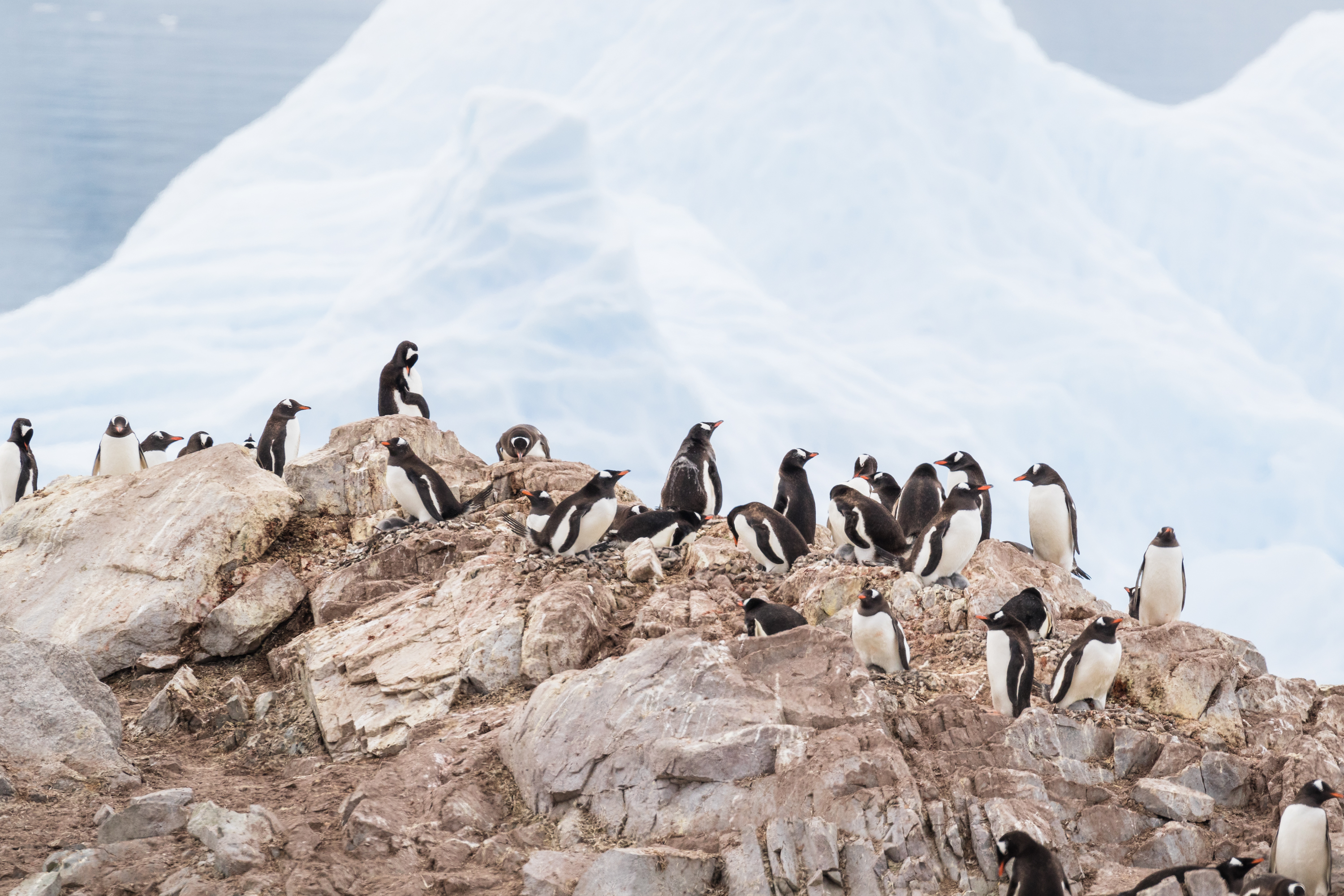
Despite their remarkable adaptations, penguins face a range of threats that jeopardize their survival. Climate change is one of the most significant challenges, as rising temperatures and melting ice disrupt their habitats and food sources. Many penguin species rely on sea ice for breeding and feeding, and the loss of this critical habitat poses a serious threat to their populations. Additionally, changes in ocean temperatures and currents can affect the availability of prey, leading to food shortages and increased competition.
Human activities also pose significant risks to penguins, including overfishing, pollution, and habitat destruction. Overfishing reduces the availability of key prey species, while pollution from oil spills and plastic waste can have devastating effects on penguin health. Habitat destruction, particularly in coastal areas, further exacerbates these challenges, as it limits the space available for breeding and nesting. The threats facing penguin populations highlight the urgent need for conservation efforts to protect these iconic birds and the ecosystems they inhabit. By addressing these challenges, we can help ensure the survival of penguins for future generations to admire and study.
8. The Conservation Efforts to Save Penguins
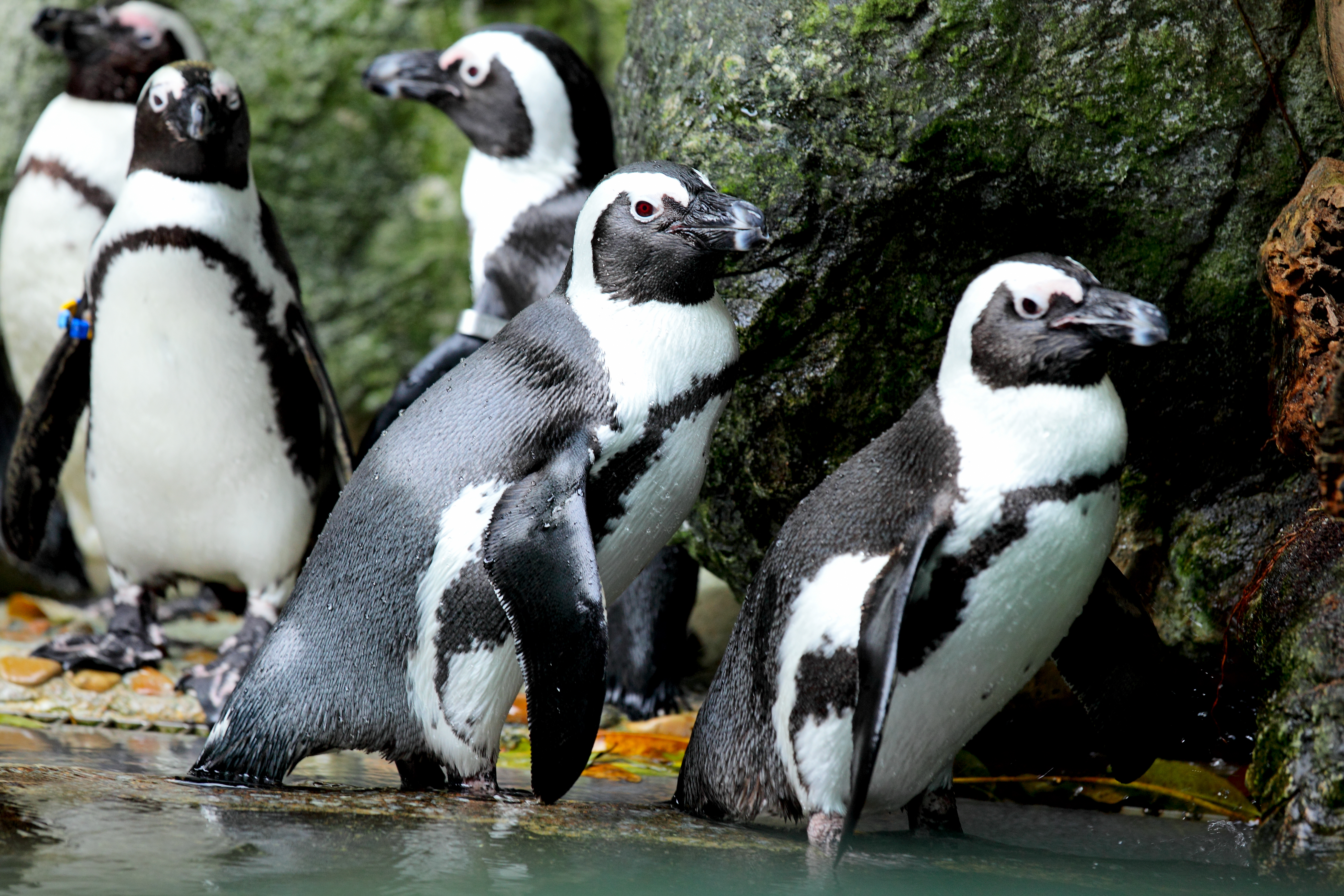
In response to the threats facing penguin populations, a range of conservation efforts have been implemented to protect these iconic birds and their habitats. One of the most effective strategies is the establishment of marine protected areas, which limit human activities and preserve critical habitats for penguins and other marine life. These protected areas provide a safe haven for penguins to breed, forage, and thrive, free from the pressures of overfishing and habitat destruction.
Conservation organizations also work to raise awareness about the importance of penguins and the challenges they face. Educational programs and public outreach initiatives aim to engage communities and inspire action to protect these remarkable birds. Additionally, research and monitoring efforts are essential for understanding the status of penguin populations and the effectiveness of conservation measures. By collecting data on penguin numbers, distribution, and health, scientists can inform strategies to mitigate threats and promote recovery. The collective efforts of governments, NGOs, and local communities are crucial for ensuring the survival of penguins and the preservation of the ecosystems they inhabit. These conservation initiatives not only benefit penguins but also contribute to the broader goal of protecting biodiversity and sustaining the health of our planet.
9. The Cultural Significance of Penguins
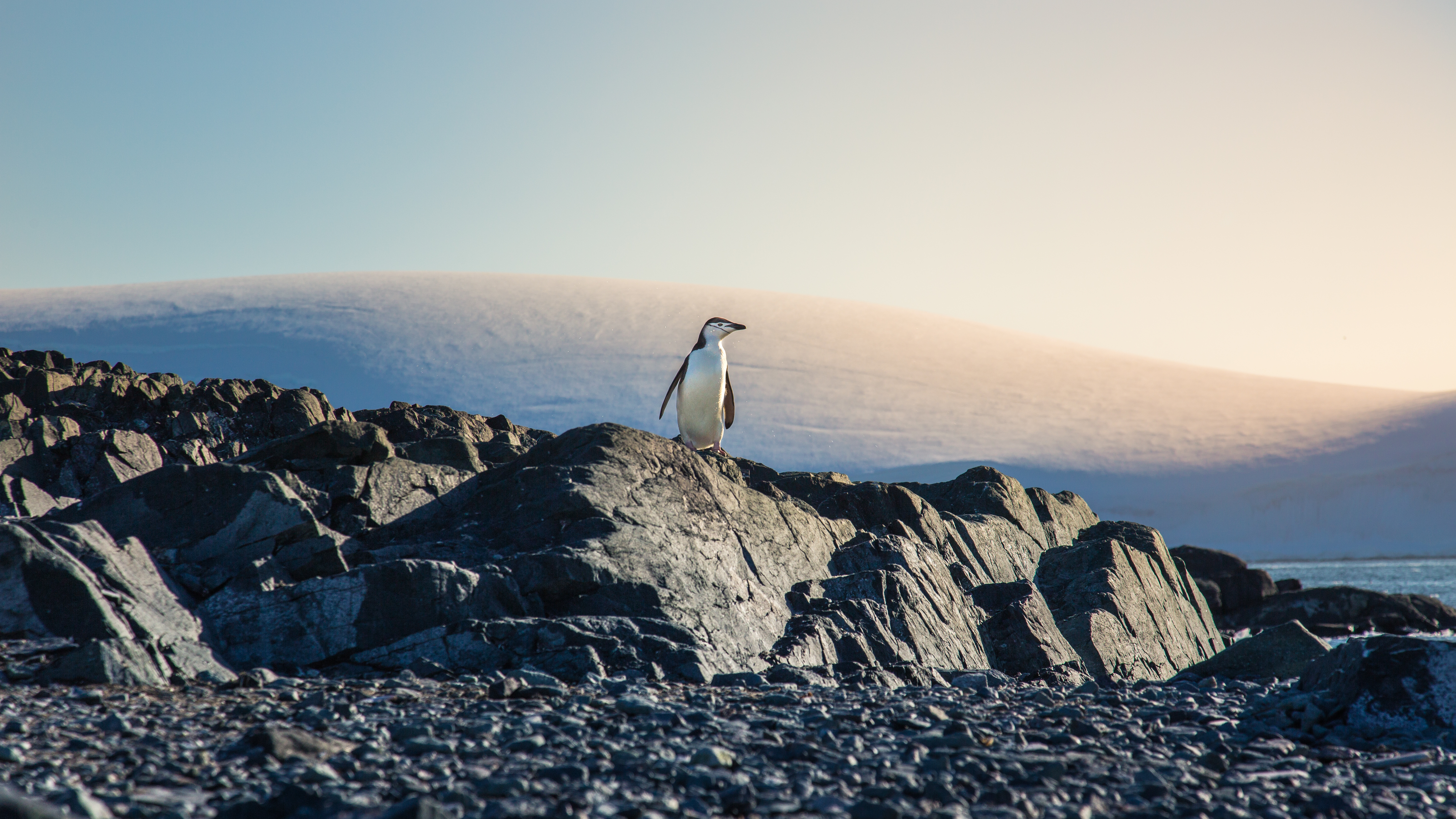
Penguins hold a special place in human culture, symbolizing resilience, adaptability, and the wonders of the natural world. Their unique appearance and behaviors have made them popular subjects in literature, film, and art, capturing the imagination of people around the globe. Penguins often serve as ambassadors for wildlife conservation, raising awareness about the importance of protecting our planet's biodiversity. Their endearing nature and charismatic presence make them effective spokesanimals for environmental causes, inspiring people to take action to preserve the natural world.
In addition to their role in conservation, penguins have also become cultural icons, representing themes of perseverance and unity. Their ability to thrive in harsh environments and overcome challenges resonates with people, serving as a reminder of the strength and resilience found in nature. Penguins have also been featured in numerous children's books and movies, introducing young audiences to the wonders of the animal kingdom and fostering a love for wildlife. The cultural significance of penguins underscores their importance as symbols of nature's beauty and diversity, reminding us of our responsibility to protect and cherish the world we share with these remarkable creatures.
10. The Future of Penguins in a Changing World
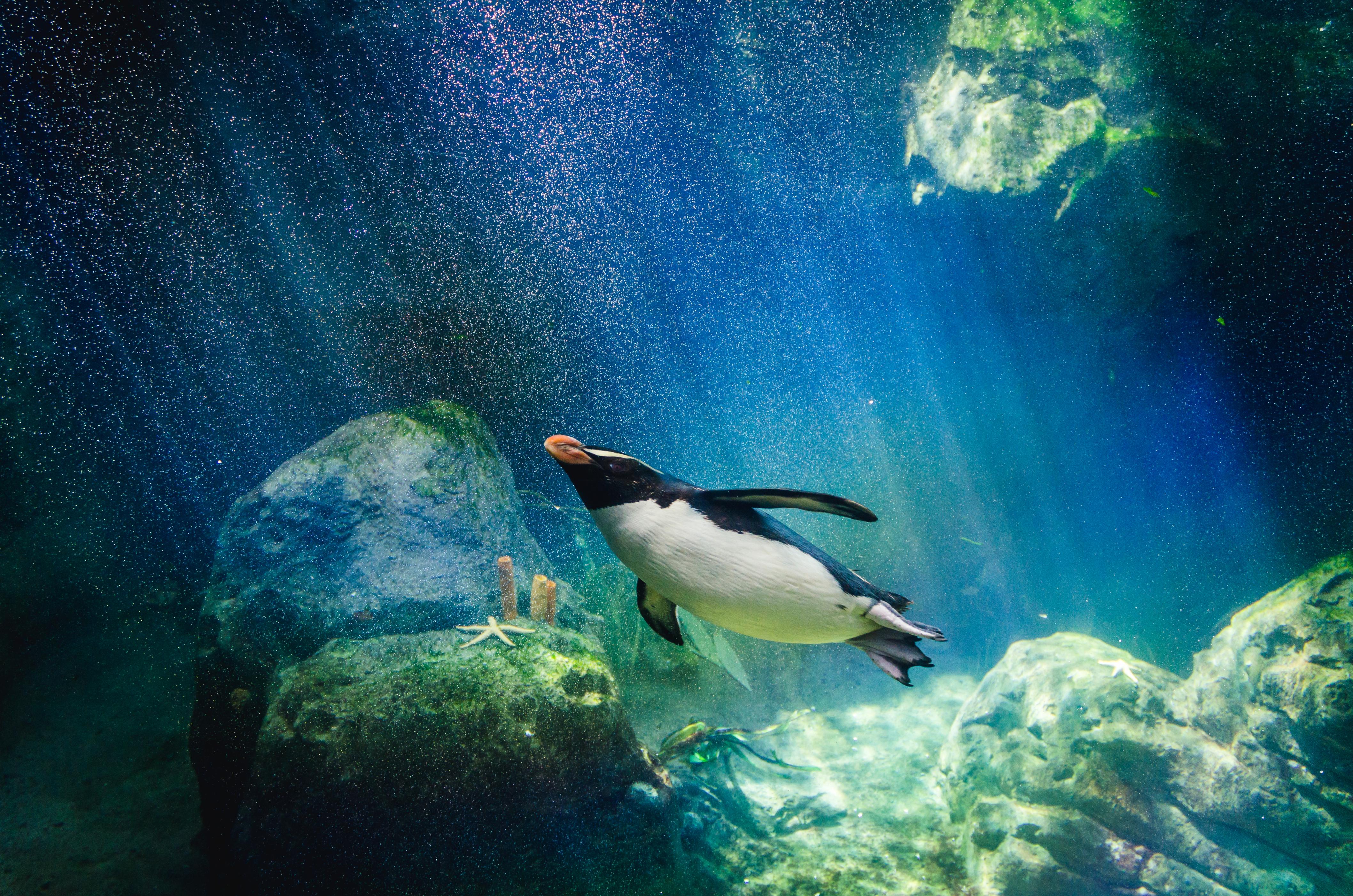
As the world continues to change, the future of penguins remains uncertain. Climate change, habitat loss, and human activities present ongoing challenges that threaten their survival. However, there is hope for the future of penguins, thanks to the concerted efforts of conservationists, researchers, and communities around the world. By addressing the root causes of these threats and implementing effective conservation strategies, we can help ensure the continued existence of penguins and the ecosystems they inhabit.
Advancements in technology and research offer new opportunities for understanding and protecting penguins. Satellite tracking, for example, allows scientists to monitor penguin movements and behavior in real-time, providing valuable data for conservation planning. Additionally, collaborative efforts between governments, NGOs, and local communities are essential for creating and enforcing policies that protect penguin habitats and reduce human impact. The future of penguins depends on our ability to balance human needs with the preservation of natural ecosystems, ensuring that these iconic birds continue to thrive in a changing world.
The Enduring Fascination with Penguins
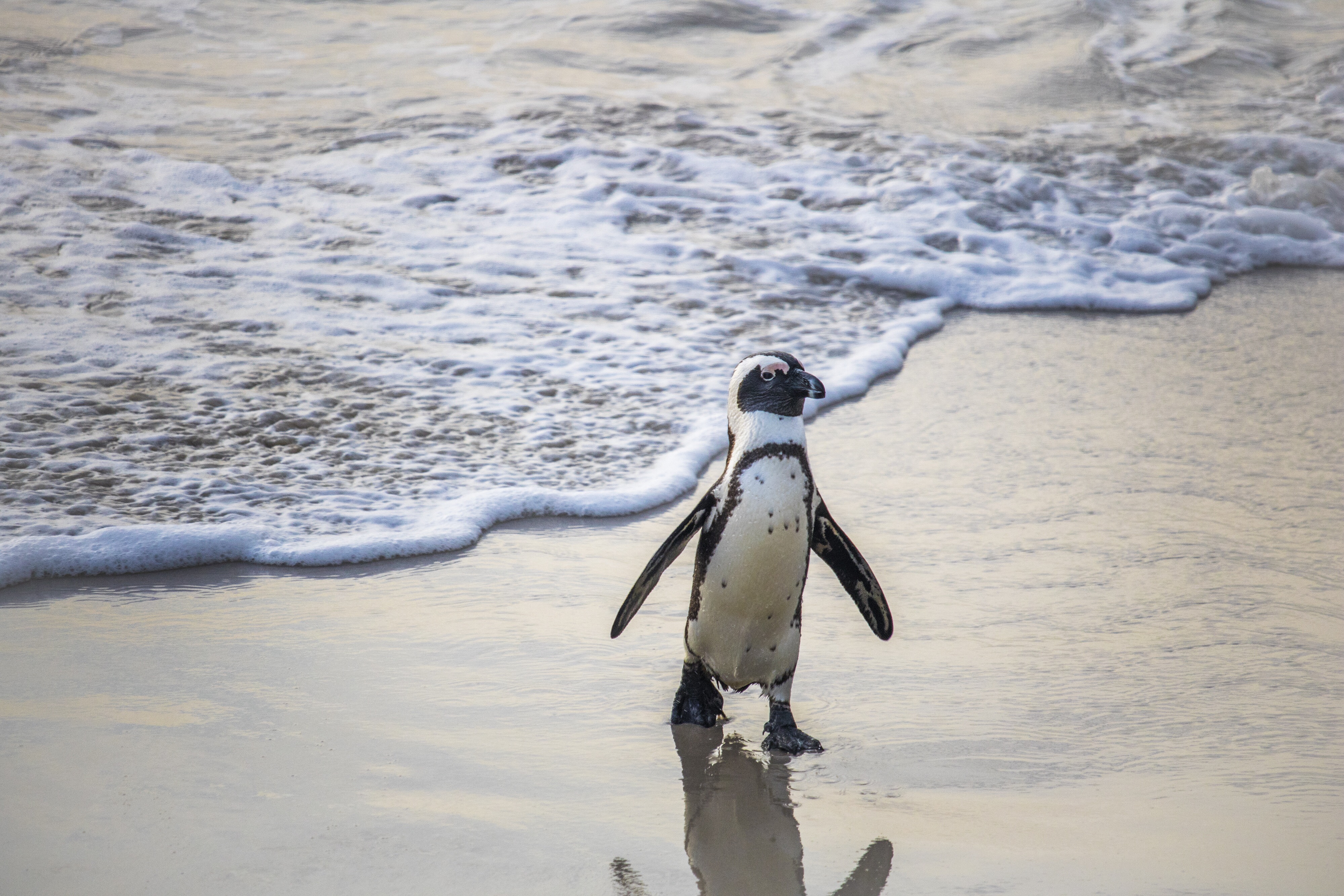
Penguins have captured the hearts and minds of people worldwide, embodying the wonders of the natural world and the resilience of life. Their unique adaptations, complex social structures, and cultural significance make them a source of endless fascination and inspiration. As we continue to uncover the secrets of penguin life, we gain a deeper appreciation for the intricate web of interactions that sustain these remarkable birds and the ecosystems they inhabit.
The challenges facing penguins are significant, but so are the efforts to protect and preserve them. Through conservation initiatives, research, and public engagement, we can help ensure the survival of penguins for future generations to admire and study. The enduring fascination with penguins serves as a reminder of the beauty and complexity of the natural world, inspiring us to protect and cherish the planet we share with these incredible creatures. As we continue to explore the mysteries of penguin life, we are reminded of the importance of preserving the diversity and resilience of life on Earth.







